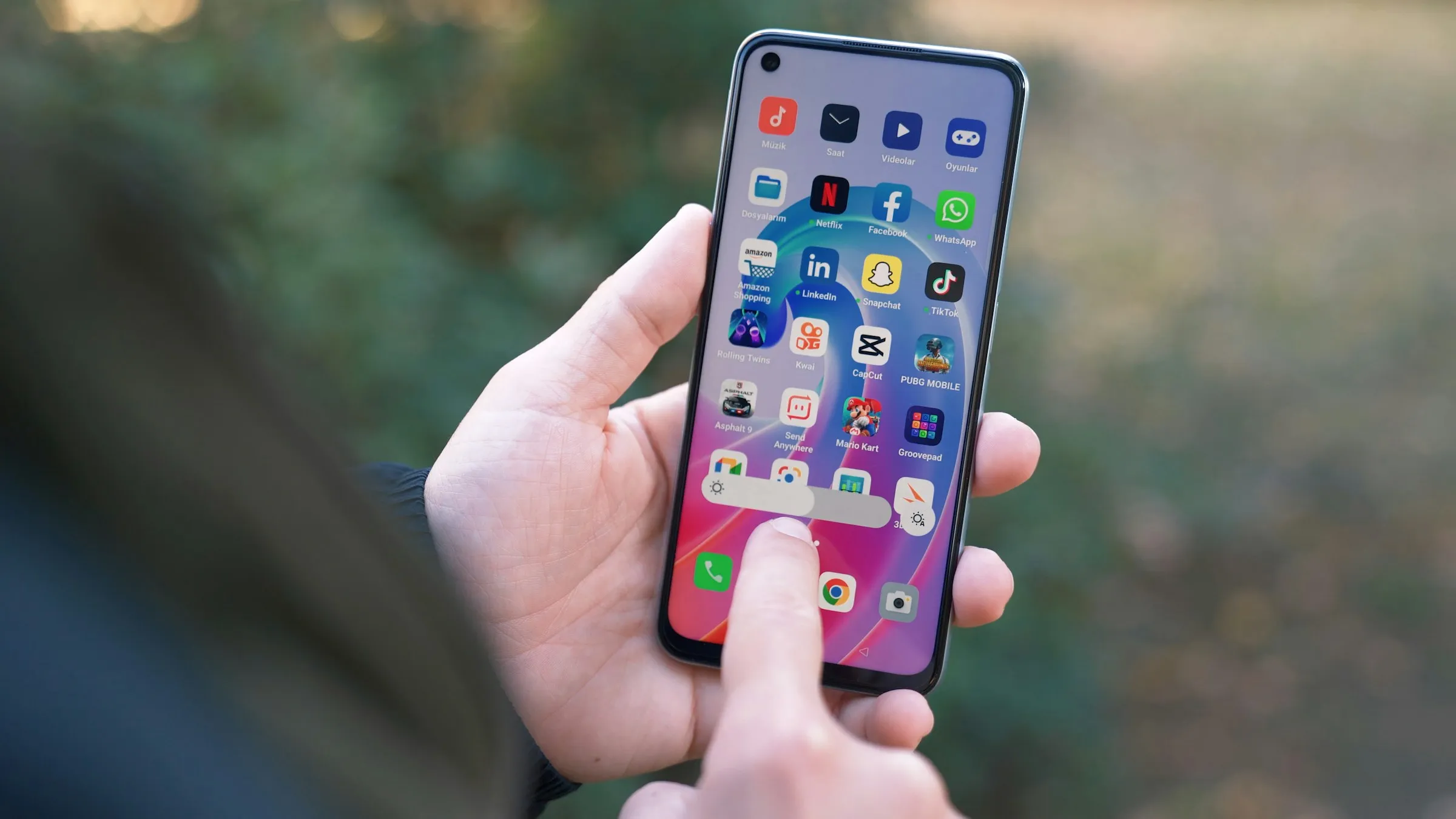Table of contents
Open Table of contents
Introduction
The Android development ecosystem continues to evolve rapidly. Developers are always on the lookout for tools and libraries that streamline app development, improve performance, and enhance user experience. Choosing the right libraries can significantly boost your productivity and ensure that your app is modern and maintainable. This post covers essential libraries for building Android applications, categorized into UI, Dependency Injection, Networking and Testing.

UI
Jetpack Compose
Jetpack Compose is the modern toolkit for building native UI on Android. Unlike the traditional XML-based UI system, Compose allows developers to define UIs programmatically with Kotlin, making the code more concise and easier to understand. This declarative approach to UI building leads to faster development and more readable code.
Animation
Animations can bring an app to life, and Lottie makes it incredibly easy to implement rich animations, developed by Airbnb, allows you to use animations created in After Effects (as JSON files) directly in your Android apps.
Image Loading
Efficient image loading is critical in Android development. Coil and Glide are two of the most popular image loading libraries. Coil is designed to be lightweight and Kotlin-friendly, while Glide offers more advanced features and better caching.
-
Glide is a fast and efficient open source media management and image loading framework for Android that wraps media decoding, memory and disk caching, and resource pooling into a simple and easy to use interface.
-
Coil is an image loading library for Android and Compose Multiplatform, lightweight Kotlin library only depends on Kotlin, Coroutines, and Okio.
Dependency Injection (DI)
DI is a widely used technique in programming and is particularly well-suited for Android development. Several popular libraries help in creating and providing static, compile-time dependencies while managing the dependency graph within an application. These libraries address various development and performance challenges, making the code more efficient and maintainable.
-
Dagger is a widely-used DI framework that generates code at compile time, ensuring high performance and type safety. While it can be complex to set up, it is perfect for large-scale applications where managing dependencies can be tricky.
-
Hilt - Jetpack’s recommended library - is built on top of Dagger and simplifies dependency injection in Android apps. It abstracts away much of the boilerplate code required in Dagger, making it more beginner-friendly while retaining all the benefits of Dagger.
-
Koin is an alternative DI framework that is simpler than Dagger and Hilt. It requires no annotation processing and is easy to integrate, especially in smaller projects.
Networking
With the server-client application, networks is essential part to communicate with server-side such as retrieve data and posting updates to server. There are the most popular libraries support developers perform network operations in a few steps.
-
OkHttp is the go-to library for making HTTP requests in Android apps. It supports connection pooling, caching, and retries, making it robust and reliable for network operations.
-
Retrofit is a type-safe HTTP client built on top of OkHttp. It simplifies API requests by turning REST API calls into simple Kotlin functions, making it much easier to work with APIs.
-
Ktor is an asynchronous Kotlin-friendly framework for smooth, coroutine-powered networking in Kotlin.
JSON Parsing
JSON is a lightweight data interchange format primarily used to transmit data between servers and client applications. In the Android world, several popular libraries are designed to support converting objects to JSON (serialization) and vice versa (deserialization).
-
Gson is a widely-used library for converting Java objects to JSON and vice versa. It’s simple and effective, making it a great choice for most use cases.
-
Jackson is known for its high performance and is often used in situations where performance is critical, such as large-scale data processing.
-
Moshi is a newer, more modern library for JSON parsing. It is smaller and faster than Gson, with better support for Kotlin.
Debugging
Chucker is a powerful tool for inspecting and debugging network traffic in Android apps. It allows developers to view and analyze HTTP requests and responses in real-time, making it easier to spot issues.
Testing
Mocking
Mocking is essential for unit testing, and both Mockk and Mockito are widely used in Android development. Mockk is Kotlin-first, while Mockito is a Java-based library with Kotlin support.
Assertion
Kotest is a test framework that makes it easier to write expressive and readable tests. Its assertion DSL allows for more natural and concise test assertions. This library has wide-range support include Android and Kotlin Multiplatform
Flow Testing
Turbine simplifies testing Kotlin Flows by providing a straightforward API to assert on emissions, completion, and errors.
Conclusion
By keeping these best practices in mind, you’ll ensure that the libraries you choose serve to strengthen your app’s performance and maintainability.
Selecting the right libraries for your Android project can significantly boost both your productivity and the overall quality of your application. However, it’s essential to consider a few key factors when integrating libraries:
- Verify that the library is compatible with the Android version you’re targeting.
- Conduct thorough testing of the library within your app to prevent any unforeseen issues before going into production.
- Be cautious about adding too many libraries, as this can lead to bloated code and complicate long-term maintenance.
- Opt for third-party libraries that are well-maintained, regularly updated, and supported by a strong community or proven track record.
By adhering to these best practices, you can ensure that the libraries you select enhance your app’s performance and maintainability.